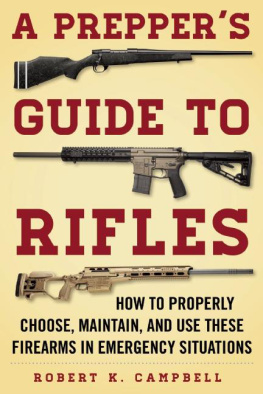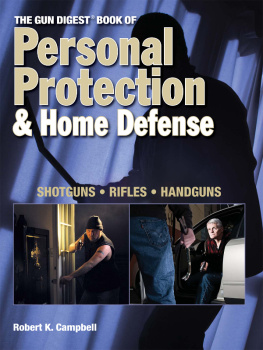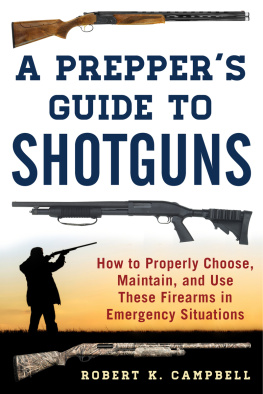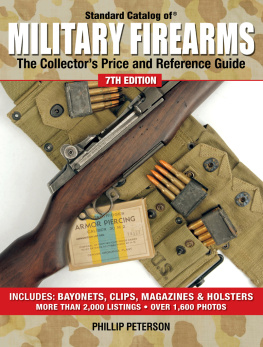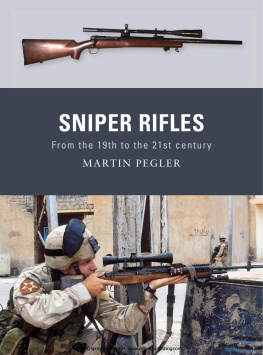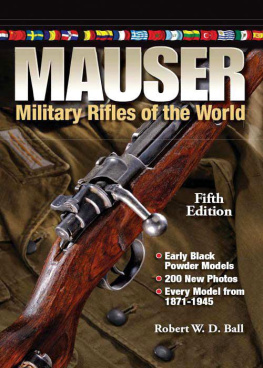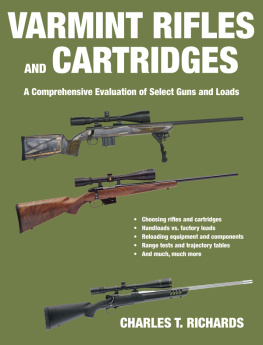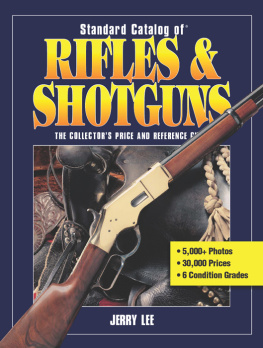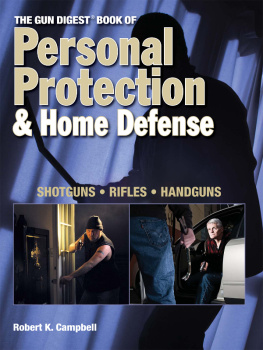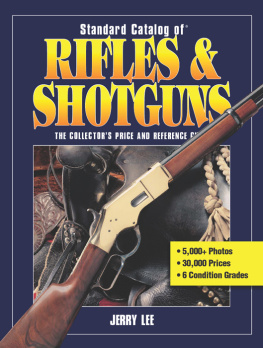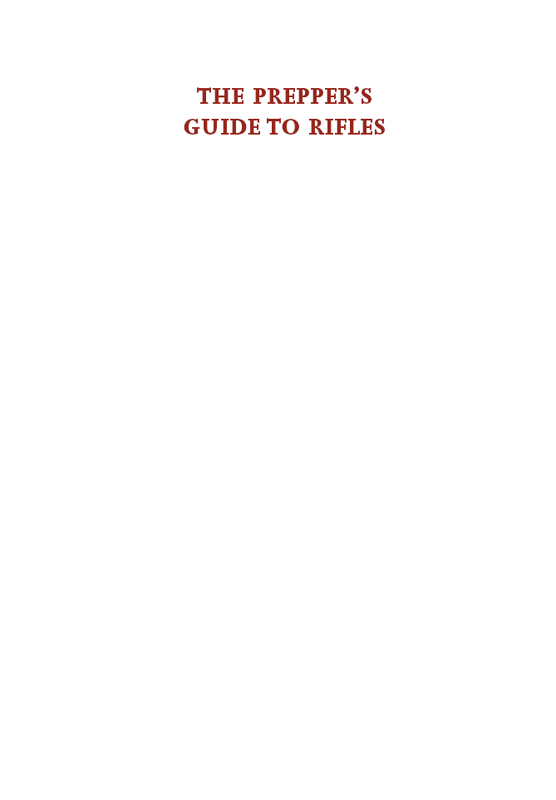Copyright 2017 by Robert K. Campbell
All rights reserved. No part of this book may be reproduced in any manner without the express written consent of the publisher, except in the case of brief excerpts in critical reviews or articles. All inquiries should be addressed to Skyhorse Publishing, 307 West 36th Street, 11th Floor, New York, NY 10018.
Skyhorse Publishing books may be purchased in bulk at special discounts for sales promotion, corporate gifts, fund-raising, or educational purposes. Special editions can also be created to specifications. For details, contact the Special Sales Department, Skyhorse Publishing, 307 West 36th Street, 11th Floor, New York, NY 10018 or .
Skyhorse and Skyhorse Publishing are registered trademarks of Skyhorse Publishing, Inc., a Delaware corporation.
Visit our website at www.skyhorsepublishing.com.
10 9 8 7 6 5 4 3 2 1
Library of Congress Cataloging-in-Publication Data is available on file.
Cover design by Tom Lau
Cover photos courtesy of Sako, Weatherby, and Wilson Combat
Print ISBN: 978-1-5107-1398-7
Ebook ISBN: 978-1-5107-1402-1
Printed in China
CONTENTS
DEDICATION
I t is to the hills I look and from there comes my help. Thank God I am able to do the work I love and love the work.
Thanks to my wonderful children for their help and, for the first time, thanks to the grandchildren for helping with the shooting and making the book a reality.
And always to a gentle and loving spirit, Joyce.
Robert Campbell
INTRODUCTION
A s I began this book I realized that the reporter must gather information beneficial to himself first. I looked to my early reading on firearms, hunting, and personal defense. Little was written concerning the rifle for personal defense. The rifle is the best means we have of defending the home, the farm, and the country. The handgun, although useful, is difficult to master, and the shotgun is at its best at close range. Recoil is a problem with both, but not so much with a properly chosen rifle. This work covers hunting and competition to a degree, but it is primarily concerned with personal defense. The subject takes a lifetime to study and master, but I think you will understand the subject better after you read this book.
Meaningful performance, both human and mechanical, is analyzable, and thus the book is divided into two parts. The human part of the book focuses on marksmanship. Marksmanship is important, even vital, but gun handling is more important at combat ranges. Quickly getting into action and properly handling the rifle is everything inside of 50 yards. Marksmanship is more important in hunting and competition. Quick, efficient gun handling saves lives.
I hope this information is easily comprehensible. The technical descriptions of mechanical actions, firearms, and ammunition performance are as free as possible from the kind of technical jargon that renders text incoherent. While those in the know enjoy using these terms, common language allows seamless movement through the text. In this book, speculation isnt given the same footing as facts and knowledge. Range testing is done with accuracy, and reliability is stressed. The testing is both repeatable and verifiable by qualified shooters. For many years, I have learned to accept criticism, and use it to sharpen my views. So I have been as explicit as possible in certain accounts and explanations. When it comes to understanding conceptual complexities, there is room for interpretation concerning training and movement. Optics firearms and ammunition may be tested using the scientific method. The adoption of science in reporting makes for flawless application.
I do not like to point out the allegedly correct choice in gear, but instead give the reader the means to make his own best choice. Rifles may be chosen based on individual tastes so long as the rifle is reliable and accurate. All such good choices could not be covered in this book, but none of the poor choices are found in these pages. I hope to give the reader a system for grounding knowledge based on experience and empirical data to choose the right rifle and accessories. It is always fair for the reader to ask how knowledge is acquired. The answer is that extensive reading and scholarship in the subject is coupled with field experiencein this case, forty years of study and experience. Yet from those thousands of articles and a dozen books, little has been simply repeated in these pages. This is fresh research, and while I respect classic rifles and enjoy them, for the most part I have used the newest gear. Moreover, since this work is focused on personal defense and beginning shooters , the way to the right path doesnt include a lot of influence from Cooper, Keith, or OConnor. It is quite all right to begin on your own, and to make your own decisions.
To master the rifle takes discipline. A marksman with a second-rate rifle in a minor caliber is more formidable than a duffer with a great rifle. Some spend a great deal of money on expensive gear only to have it in large part wasted by not putting forth the necessary effort in learning the rifle. We end up with the same old play and a new cast of comedians. A good rifle on the shoulder is a great comfort, but more so if you know how to use it.
There is much motivation to learn the rifle simply from reading current headlines. Takeover robbers, home invaders, spree killers, gangs, and terrorists tend to be heavily armed. We need to be prepared. Much of my work applies to peace officers. Such officers in small- to medium-sized jurisdictions are most often on their own in training. They will usually purchase their own rifles, and they arent insignificant investments. Bean counters do not like training time and find it cheaper to bury cops than train them. The best marksmen in the Thin Blue Line are self-taught. The majority supply their own firearms and need to make informed choices. While I will always retain a proud connection with the Thin Blue Line, this book is informative to every reader. A real need may exist to be armedincluding for the purpose of exercising your rightsand the challenge of mastering the rifle is always a good motivation for achieving another rung on the ladder of self-defense.
CHAPTER ONE
SAFETY
F irearm safety is the single set of rules and actions that must be mastered before we attempt to achieve proficiency at arms. Firearm safety is the equivalent of looking before you back up the truck, or making certain the hand is out of the way of the chainsaw blade. Some approach firearms with uncertainty and apprehension. There is no more reason to do so than to fear learning to drive a manual shift truck or a Honda Civic. This fear is self-induced and must be replaced with competence with the firearm. A healthy respect for any machine is part of safe handling.
Practice will eliminate accidental discharges. There are no such incidents as accidental discharges; the correct term is negligent discharge, and the unplanned firing of the weapon is a result of negligence in handling. Practice with the correct safety procedure eliminates negligent handling. Everyone admires great competence, but I have also seen gun handling that sent a chill down my spine and made me openly question the shooters intelligence. There is a tendency of human beings to resent rigid conventions. In music and politics this is admirablebut not in gun handling. If you follow the safety rules, a firearm may sometimes fire when unintended, but the occasional stuck firing pin or high cartridge primer occurs so infrequently that this will not be as great a hazard when the shooter has practiced strict muzzle discipline. For those who do not adhere to the rules, well, I like to have a couple of zip codes between them and me, and I am not shy about ejecting them from the range. I have had students who have raised my blood pressure to previously unheard of levels. Needless to say, they did not pass the course.

